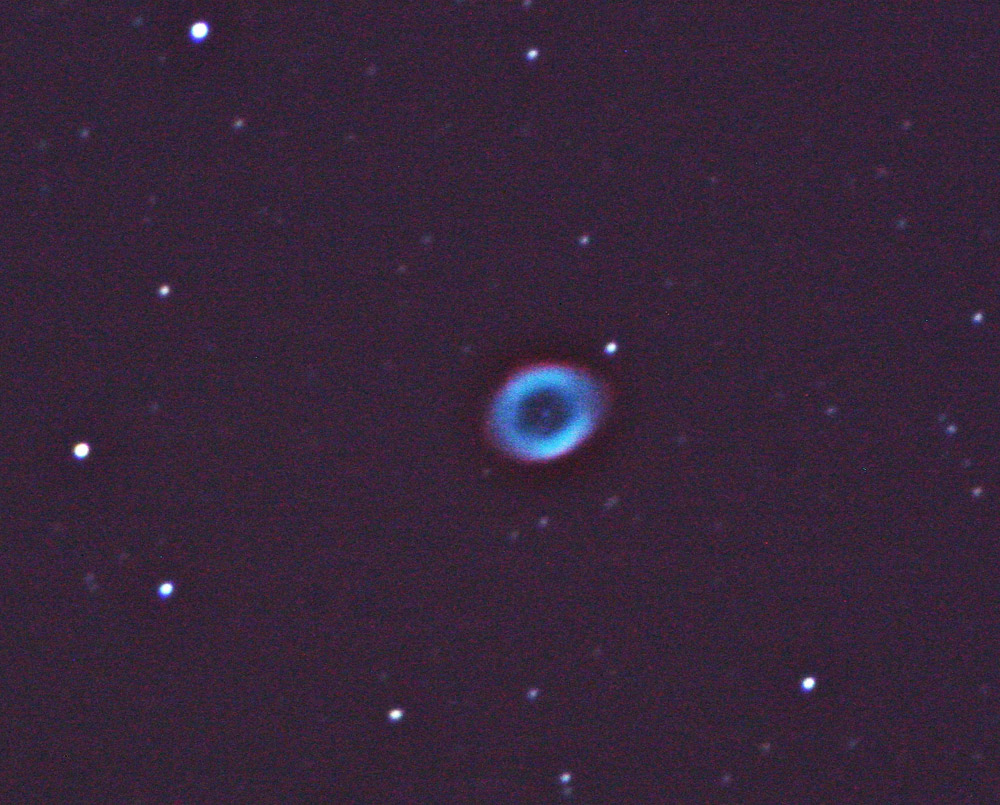NASA’s InSight - Ten Days Until Touchdown on Mars

This is an artist's rendition of NASA’s InSight lander operating on the surface of Mars. Only about 40 percent of the missions ever sent to Mars -- by any space agency -- have been successful. The US is the only nation whose missions have survived a Mars landing. The thin atmosphere -- just 1 percent of Earth’s -- means that there’s little friction to slow down a spacecraft. Despite that, NASA has had a long and successful track record at Mars. Since 1965, it has flown-by, orbited, landed on, and roved across the surface of the Red Planet. InSight is designed to give Mars its first thorough check-up since it formed 4.5 billion years ago. It is scheduled to land on Mars on November 26, 2018. InSight marks NASA's first Mars landing since the Curiosity rover in 2012, and complements the numerous missions orbiting Mars and roving around on the planet's surface. The lander's science instruments will look for tectonic activity and meteorite impacts on Mars, study how much heat is still flowing through the planet, and track the planet's wobble as it orbits the Sun. This will help answer key questions about how the rocky planets of the Solar System formed. (Image Credit: NASA, JPL- Caltech)
NASA’s InSight - Ten Days Until Touchdown on Mars
NASA’s current mission to Mars -- InSight -- is expected to land on the Red Planet on November 26, 2018. Only about 40 percent of the missions ever sent to Mars -- by any space agency -- have been successful. The US is the only nation whose missions have survived a Mars landing. The thin atmosphere -- just 1 percent of Earth’s -- means that there’s little friction to slow down a spacecraft. Despite that, NASA has had a long and successful track record at Mars. Since 1965, it has flown-by, orbited, landed on, and roved across the surface of the Red Planet.
InSight, short for “Interior Exploration using Seismic Investigations, Geodesy, and Heat Transport,” is designed to give Mars its first thorough check up since it formed 4.5 billion years ago. InSight complements the numerous missions orbiting Mars and roving around on the planet's surface. The lander's science instruments will look for tectonic activity and meteorite impacts on Mars, study how much heat is still flowing through the planet, and track the planet's wobble as it orbits the Sun. This will help answer key questions about how the rocky planets of the Solar System formed.
On May 5, 2018, InSight rode on top of a powerful Atlas V 401 rocket. In the past, all of NASA's interplanetary launches have been from Kennedy Space Center in Cape Canaveral, Florida, in part because the physics of launching off the East Coast is better for journeys to other planets. But InSight broke the mold by launching from Vandenberg Air Force Base in California. It was the first launch to another planet from the West Coast.
InSight marks NASA's first Mars landing since the Curiosity rover in 2012.
The Descent
In 2008, NASA’s Jet Propulsion Laboratory successfully landed the Phoenix spacecraft near the Mars North Pole. InSight is based on the Phoenix spacecraft, both of which were built by Lockheed Martin Space Systems. Despite tweaks to the heat shield and parachute, the overall landing design is still very much the same. After separating from a cruise stage, an aeroshell descends through the atmosphere. The parachute and retrorockets slow the spacecraft down, and suspended legs absorb some shock from the touchdown.
InSight’s engineers have built a tough spacecraft, able to touch down safely in a dust storm if it needs to. The spacecraft’s heat shield is designed to be thick enough to withstand being “sandblasted” by suspended dust. It also has a parachute that was tested to be stronger than Phoenix’s, in case it faces more air resistance due to the atmospheric conditions expected during a dust storm.
The entry, descent, and landing sequence also has some flexibility in handling shifting weather. The mission team will be receiving daily weather updates from NASA’s Mars Reconnaissance Orbiter in the days before landing so that they can adjust when InSight’s parachute deploys and when it uses radar to find the Martian surface.
The Mission
InSight’s team hopes that by studying the deep interior of Mars, we can learn how other rocky worlds, including Earth and the Moon, formed. Our home planet and Mars were molded from the same primordial stuff more than 4.5 billion years ago but then became quite different. Why didn’t they share the same fate?
When it comes to rocky planets, we’ve studied only one in detail: Earth. By comparing Earth’s interior to that of Mars, InSight’s team members hope to better understand our Solar System. What they learn might even aid the search for Earth-like exoplanets, narrowing down which ones might be able to support life. So while InSight is a Mars mission, it’s also much more than a Mars mission.
One key way InSight will peer into the Martian interior is by studying motion underground -- what we know as marsquakes. NASA hasn't attempted to do this kind of science since the Viking mission. Both Viking landers had their seismometers on top of the spacecraft, where they produced noisy data. InSight’s seismometer will be placed directly on the Martian surface, which will provide much cleaner data.
Scientists have seen a lot of evidence suggesting Mars has quakes. But unlike quakes on Earth, which are mostly caused by tectonic plates moving around, marsquakes would be caused by other types of tectonic activity, such as volcanism and cracks forming in the planet's crust. In addition, meteor impacts could create seismic waves, which InSight will try to detect.
Each marsquake would be like a flashbulb that illuminates the structure of the planet’s interior. By studying how seismic waves pass through the different layers of the planet (the crust, mantle, and core), scientists can deduce the depths of these layers and what they're made of. In this way, seismology is like taking an X-ray of the interior of Mars.
Scientists think it's likely they'll see between a dozen and a hundred marsquakes over the course of two Earth years. The quakes are likely to be no bigger than a 6.0 on the Richter scale, which would be plenty of energy for revealing secrets about the planet’s interior.
Mars is home to some impressive volcanic features. That includes Tharsis -- a plateau with some of the biggest volcanoes in the Solar System. Heat escaping from deep within the planet drives the formation of these types of features, as well as many others on rocky planets. InSight includes a self-hammering heat probe that will dig up to 16 feet (5 meters) into the Martian soil to measure the heat flow from the planet’s interior for the first time. Combining the rate of heat flow with other InSight data will reveal how energy within the planet drives changes on the surface.
Studying Mars lets us travel to the ancient past. While Earth and Venus have tectonic systems that have destroyed most of the evidence of their early history, much of the Red Planet has remained static for more than 3 billion years. Because Mars is just one-third the size of Earth and Venus, it contains less energy to power the processes that change a planet's structure. That makes it a fossil planet in many ways, with the secrets of our Solar System's early history locked deep inside.
Mars Cube One
The rocket that lofted InSight beyond Earth was also used to launch a separate NASA technology experiment: two mini-spacecraft called Mars Cube One, or MarCO. These briefcase-sized CubeSats are flying on their own path to Mars behind InSight. MarCO is the first deep space mission for CubeSats, a class of briefcase-sized spacecraft that rely on miniaturized technology.
As it makes its planned Mars flyby, MarCO will relay data from InSight as the lander enters the planet’s atmosphere and touches down on the surface. InSight and MarCO flight controllers will monitor the spacecraft's entry, descent, and landing from mission control at NASA’s Jet Propulsion Laboratory (JPL) in Pasadena, California. If successful, this could represent a new kind of communication capability to Earth.
It should be noted that InSight’s success is totally independent of its CubeSat tag-alongs. InSight and MarCO are separate missions. If the MarCO communications experiment doesn’t work, InSight will still be able to communicate with Earth. NASA’s Mars Reconnaissance Orbiter and Mars Odyssey orbiter have that primary responsibility.
For more information:
https://www.jpl.nasa.gov/news/press_kits/insight/launch/
https://www.jpl.nasa.gov/news/press_kits/insight/landing/
https://www.jpl.nasa.gov/news/news.php?feature=7067
https://astromart.com/news/show/curiosity-two-days-until-touchdown-on-mars
Astromart News Archives:
https://www.astromart.com/news/search?category_id=3&q=.
Do you enjoy reading these News Items?
Then click here and buy the Astromart staff a cup of coffee (and maybe even some donuts):
https://www.astromart.com/support-options
Funding Member
Sponsors
- BBLABS LLC
- AstroMart LLC
- APM-Telescopes
- astronomy-shoppe
- OMI OPTICS USA LLC
- RemoteSkies.net
- Matsumoto Company
- Desert Sky Astro Products
- Rouz Astro
- FocusKnobs
- Astromart Customer Service
- Bob's Knobs
- ASTROPHOTOGRAPHY BY MARTIN PUGH
- Anacortes Telescope
- SellTelescopes.com
- BW
- Waite Research
View all sponsors



